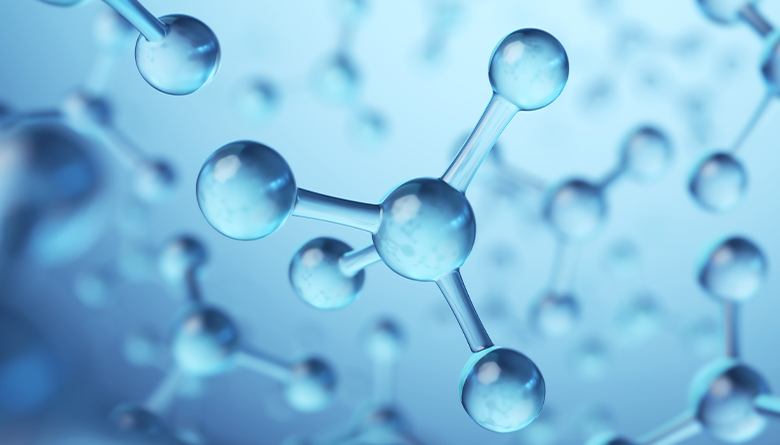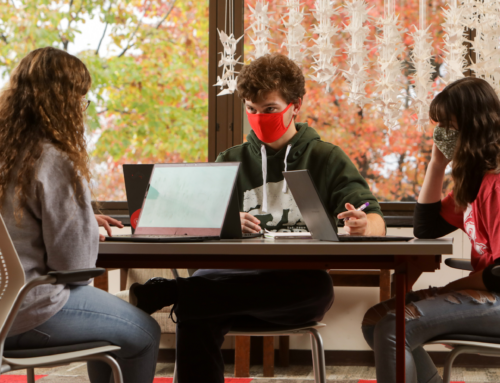By Yunfeng Shi, Associate Professor of Materials Science and Engineering
In the United States, we have lost over a quarter of a million lives to COVID-19 and models forecast thousands of additional fatalities in the coming weeks. New infections across the country total near 200,000 daily, with an alarming upward trend. Even with the promising results of the COVID-19 vaccines, the third wave of the current pandemic may be bigger and more widespread than the previous two, prompting us to ask many questions on a daily basis. Is it safe to go to the supermarket? Is it a good idea to travel and see relatives? What is the risk for kids to go to school? When can I get vaccinated and when will the pandemic end? The garden-hose-like information from medical experts, government officials, and one’s own social media contacts is too complicated to digest at best, and is contradictory, at worst. As individuals, we feel powerless — COVID-19 seems out of control. Or is it so?
For any physicist, chemist, or material scientist like myself, infectious diseases are too complex to understand, compared to atoms and molecules. No two people or two cities are identical, almost all characteristics vary spatially and temporally, and there are no elegant Newton’s laws that underpin human behaviors nor virus mutation.
At the same time, infectious disease transmission is strikingly similar to the collisions and reactions of molecules. The analogy between infection and chemical reaction was recognized long ago by Anderson McKendrick, the namesake of the Kermack-McKendrick theory, and is arguably the foundation of theoretical epidemiology. Using this idea, together with my collaborator, Jeff Ban from the University of Washington, we built a simple collision-based COVID-19 transmission model based on the availability of big data of COVID-19 fatalities from Johns Hopkins University and societal mobility data from Google.
In simple terms, any activities outside a household can be considered a “collision” with a certain possibility of infection. That is, if Alex goes to a grocery store every day, he is seven times more likely to get infected than Ben, who goes only once a week. At the same time, let’s say most infected people will recover in approximately 10 days. Now there are two scenarios: if the community is back to a high level of activity, new infections exceed the recoveries, and the infected population grows exponentially over time; if the community has a low level of activity and everyone is wearing a mask properly, the recoveries exceed new infections and the infected population decreases over time, also exponentially.
For COVID-19, which is capable of spreading very efficiently, reducing the mobility of a community essentially reduces virus transmission, so the natural recovery of infected people can catch up. By the same token, social distancing, mask-wearing, and contact tracing all diminish transmission, while one mass gathering can significantly facilitate virus transmission, thus ruining the dedicated efforts from others in a community. The power of exponential growth truly demands efforts from everyone.
This simple lesson from molecules could help us overcome the current pandemic. Imagine every single American comes back from a tropical vacation and must undergo strict quarantine for two weeks. If everyone complies, community transmission could be eradicated in just two weeks. Would you hunker down for 14 days and undergo testing if it meant a quicker return to normalcy, instead of maybe another six months of what we have experienced during the past eight months of the pandemic (assuming the majority of the U.S. population will get vaccinated by mid-2021)? Did I mention we could save tens of thousands of lives while we each wait our turn to receive the vaccine? I know I would.



